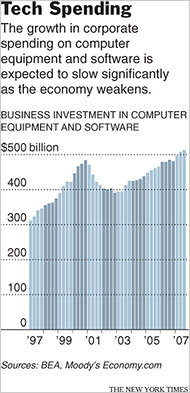 As far as I am concerned, having a website without having a CRM/sales system behind it is like having a shopfront with no shop. People can view your products, but they can’t offload their hard earned cash. Why do that to yourself?
As far as I am concerned, having a website without having a CRM/sales system behind it is like having a shopfront with no shop. People can view your products, but they can’t offload their hard earned cash. Why do that to yourself?
Unfortunately it seems that companies need to literally see people banging on the store door (via hits, emails, phone calls etc.) before they will open the store. How many customers have you missed in that time? You’re paying for the store location, so why not fit it out inside?
Salesforce announced at Dreamforce that they are taking this view to another level. Your website should be linked into the core of your company. Every process your company runs should be accessible (and deliver value) to the customer at all times. Zdnet give it good coverage, but I think Smoothspan explains it best. The basic premise is know your customers, and then deliver the best experience you can to them. CRM’s have always tried to get close, but it requires a company to be completely online and committed.


 An article by
An article by 